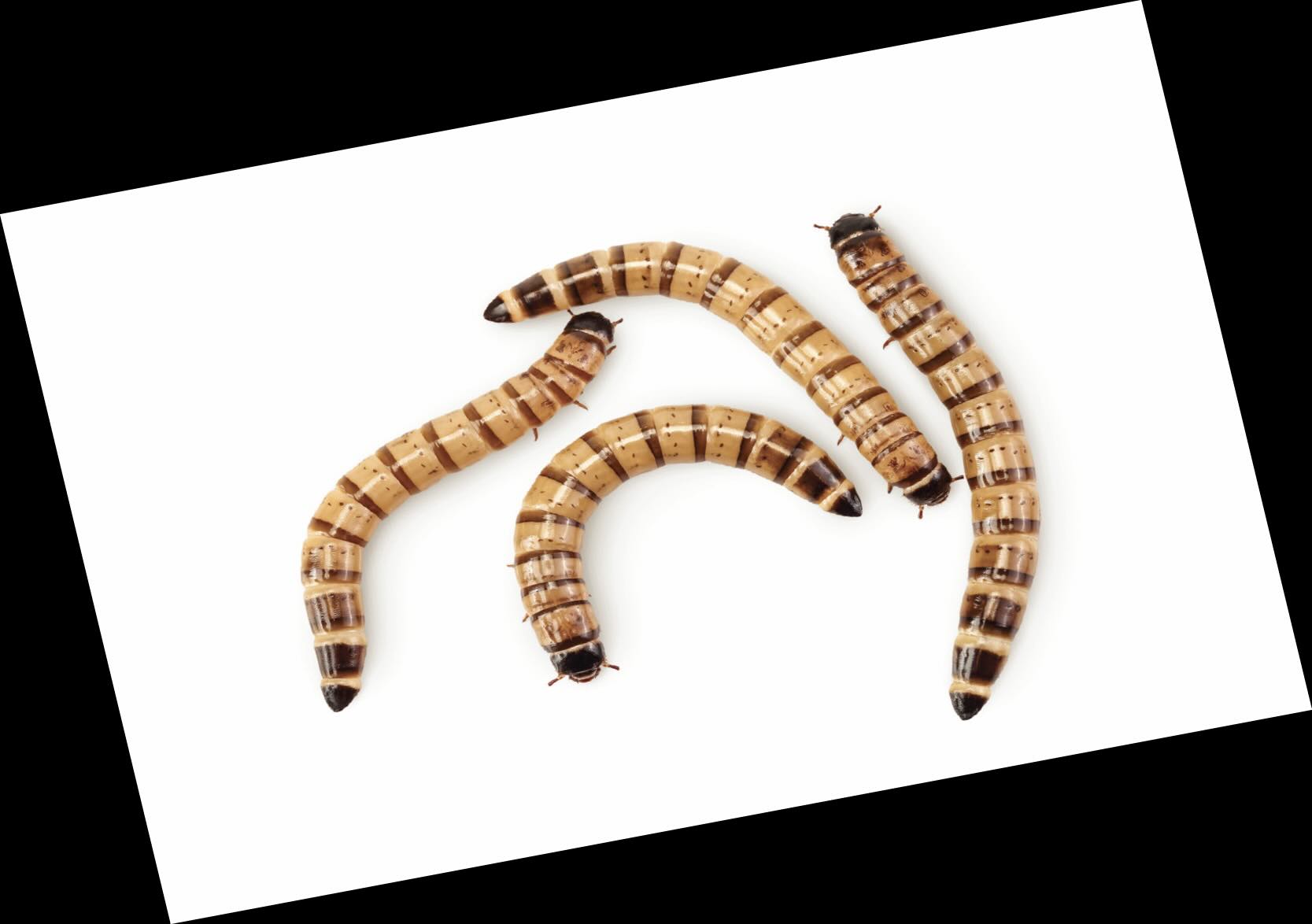Insects use lubricants to reduce friction and wear
By R. David Whitby, Contributing Editor | TLT Worldwide May 2025
A wax-like lubricant has been found in leg joints in beetles.

In July 2021 a group of researchers at the University of Kiel in Germany reported on the properties of a wax-like material which has a slightly lower coefficient of sliding friction than Teflon (polytetrafluoroethylene),
1 found in the leg joints of a beetle. The paper was published by the Royal Society and enthusiastically covered in several other journals, including Nature and New Scientist.
The authors acknowledged that friction-reducing mechanisms using lubricant in leg joints have been found to be common in beetles. However, they noted there is a significant difference in the application of lubricants in joints in vertebrates and arthropods. Because these animals have very different joints, structurally, they have evolved two different lubricant-based solutions to reduce friction and wear in their joints.
The research team found that
Zophobas morio, a darkling beetle species, introduces the wax-like lubricant into the joints in its legs through pores in its shell. The lubricant is produced in cylinders, which can be up to one micrometer wide. The cylinders are distributed when the joint moves. The researchers speculated that, at low loads and when the gap between contacting surfaces is at least about 1 µm, the cylindrical fragments of lubricant may roll over or move on the surface experiencing little or weak deformation.
1 At higher loads, when the gap between joint counterparts is smaller than 1 µm, the pieces of lubricant start experiencing plastic deformation, get thinner and spread over the surface. The lubricant prevents direct physical contact between contacting surfaces and may absorb shock energy during sudden loads. Being easily subjected to plastic deformations, it is presumably adaptive to the surface texture and loads. At low loads, the lubricant behaves like a solid, and when put under higher loads, it behaves like a semi-solid or viscous substance.
In vertebrates, minimizing friction by means of synovial fluid is based on the boundary lubrication that functions synergistically with other mechanisms, such as pressure-driven elastohydrodynamic lubrication. Vertebrate joints are in an enclosed cavity, which contains the synovial fluid serving as a lubricant between cartilaginous surfaces. These fluid-lubricated joints exhibit a very low coefficient of friction (µ). The authors observed
1 that the coefficient of friction of the stifle-joint in horses has a measured value of 0.02. Even lower values of the coefficient of friction have been measured for human joints, where they ranged from 0.005 to 0.023. In comparison, the coefficient of sliding friction of the beetle’s wax-like lubricant was 0.13 in glass/lubricant/glass contacts. (This is slightly lower than 0.14 for Teflon.)
The researchers believe that beetles secrete a wax-like material because they have an exoskeleton, in which their joints are open to the air. The presence of liquid lubricant in an open joint would inevitably lead to constant losses and the need for producing significant quantities of lubricant. Chemical analysis of the beetle’s lubricant indicated it is primarily composed of proteins and fatty acids.
The authors noted
1 that conventional lubrication of micro-joints in microelectromechanical systems (MEMS) cannot always be used, due to static friction between counterparts. In addition, variable modes of operation can place high demands on the multi-adaptability of lubricants. The structure of locomotor limbs of insects, in particular their joints, strongly resembles mechanical micro-joints and artificial micro-hinges. Further studies on the properties of the discovered lubricant may be of interest with developing bio-organic lubricants for biomimetic applications, particularly for prosthetics.
Because extracting the lubricant from beetles would be uneconomical on an industrial scale, the team proposed investigating ways to synthesize it. Synthesizing it remains a challenge due to its complex composition and the difficulty in analyzing its chemical structure. The researchers suggested that biotechnology might be necessary to produce it synthetically, but this has not yet been achieved.
This could be an example of a very interesting scientific discovery that is very difficult to turn into a commercial application.
REFERENCE
1.
Nadein, K., Kovalev, A., Thøgersen, J., Weidner, T. and Gorb, S. (2021), “Insects use lubricants to minimize friction and wear in leg joints,”
Proc. R. Soc. B, 288, 20211065,
https://doi.org/10.1098/rspb.2021.1065.
David Whitby is chief executive of Pathmaster Marketing Ltd. in Surrey, England. You can reach him at pathmaster.marketing@yahoo.co.uk.